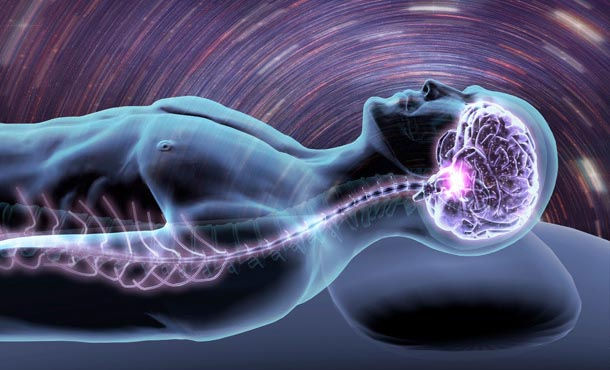How art affects brain-IV
- Stilyana Angelova Karadzhova

- Dec 6, 2022
- 2 min read
With neuroimaging techniques (commonly functional magnetic resonance imaging), subjects view art works and indicate their preference while their brains are scanned (reviewed in Nadal et al. 2008). Vartanian & Goel (2004) found that subjects shown both representational and abstract paintings had increased activation in the right caudate nucleus as well as increased activation in the bilateral occipital gyri, left cingulate sulcus and bilateral fusiform gyri as a function of increased preference for the paintings. Kawabata & Zeki (2004) found that viewing beautiful vs. ugly paintings differentially involved the orbito-frontal cortex and motor cortex, and that different categories of paintings yielded distinct patterns of brain activation.

Art can be also viewed as meditation. Adult coloring books have experienced a recent surge in popularity, and for good reason. They're a fun solo activity and can also be enjoyed with grandchildren, nieces, and nephews. Concentrating on coloring, or any artistic endeavor, can clear your mind of negative thoughts and replace them with pleasant images, which may help to reduce depression.
Much like meditation, art can calm your mind by helping you focus on the moment, a popular strategy for reducing anxiety and other negative feelings. Getting lost in thought while you create can help your brain and body relax, which also leads to stress reduction and improved health.
Art as well as music can have a significant effect on concentration. A lot of research has gone into its ability to help people hone their concentration, and theories such as the Mozart effect suggest that this effect extends to even spatial awareness. Physically, dancing is something that most people universally feel compelled to do when hearing a catchy beat. However, there is a physical effect besides dancing that not everyone feels: goosebumps. Studies suggest that 50% of all people experience this phenomena (Salimpoor, Benovoy, Larcher, Dagher, Zatorre, 2011), and is a result of excitement from music. It was found that dopamine production was very high while participants were listening to music, and this could suggest why music has been such a large part of cultures across the ages
References:




Comments